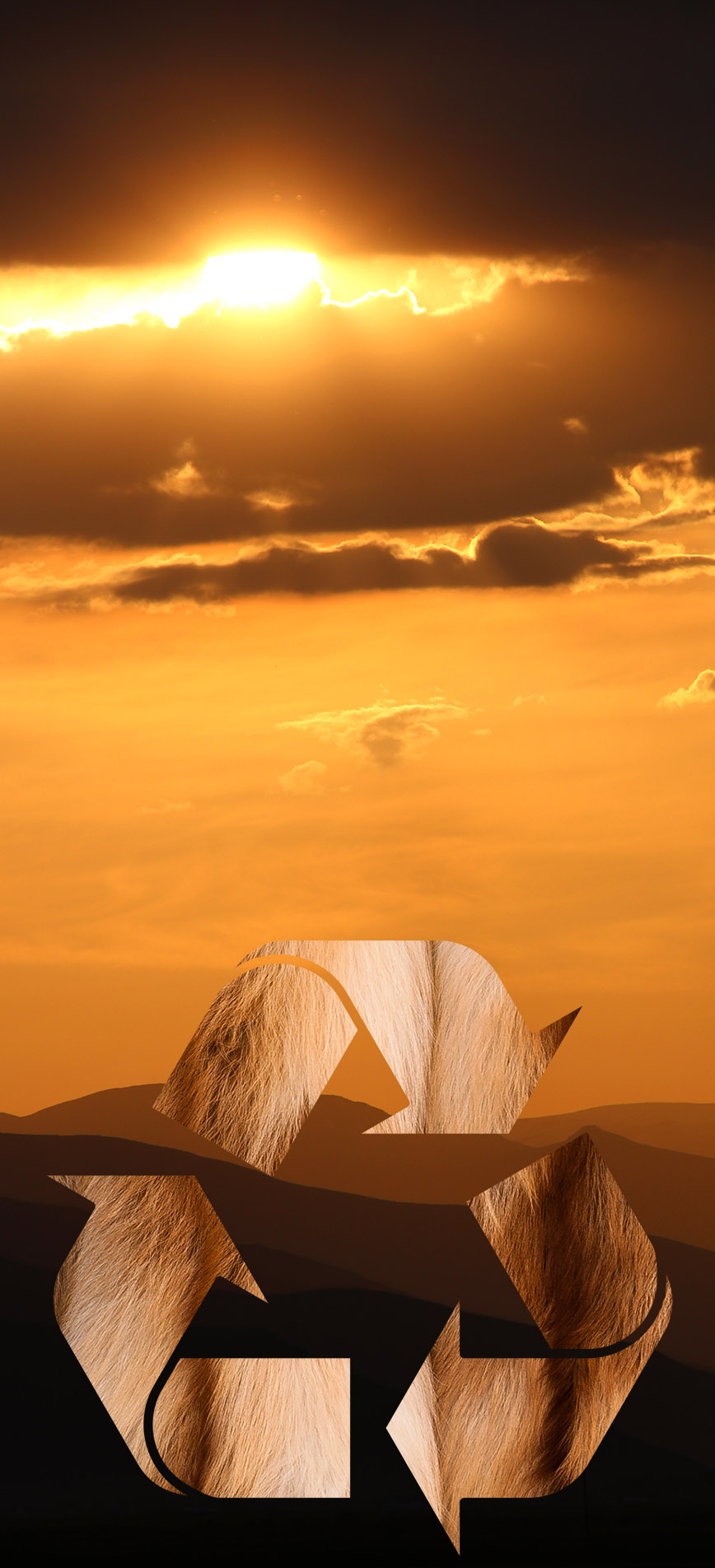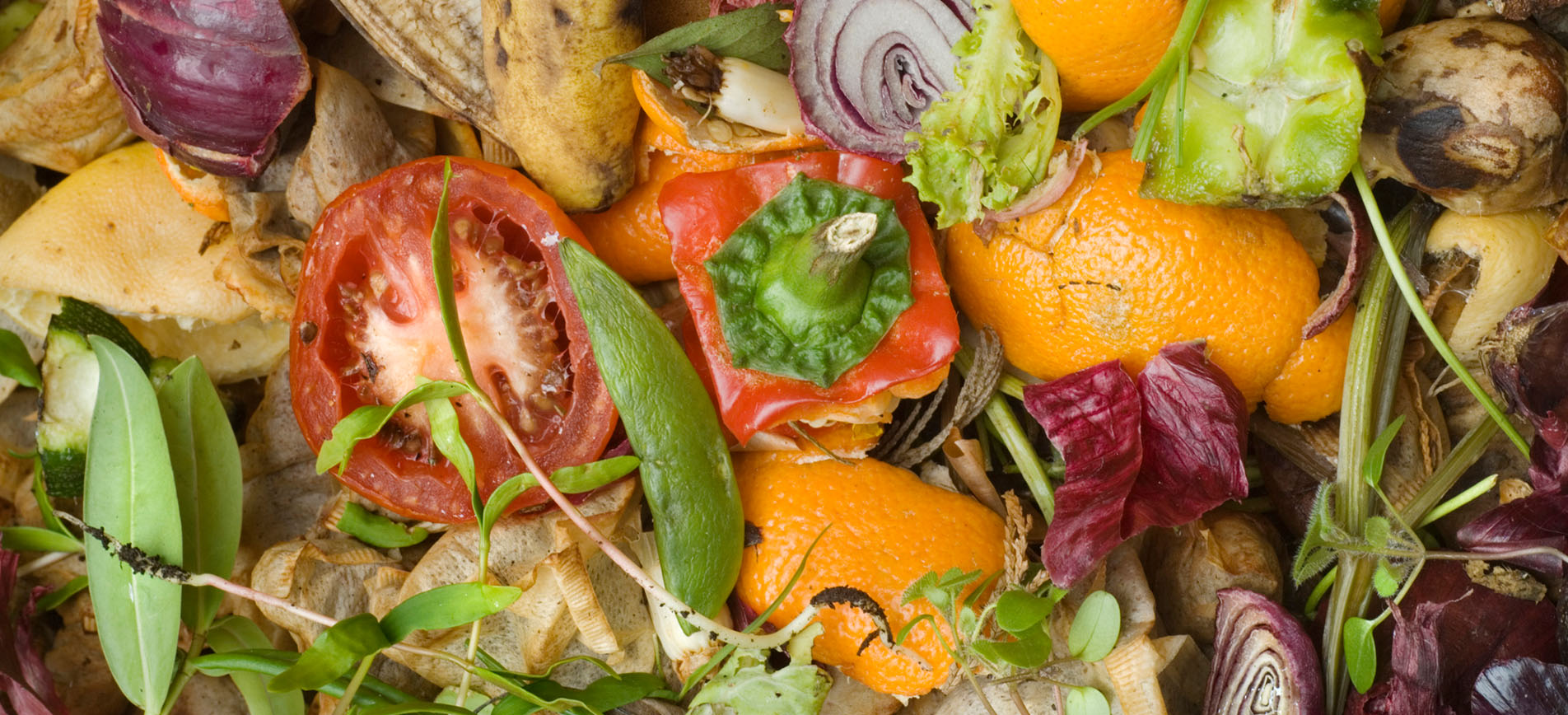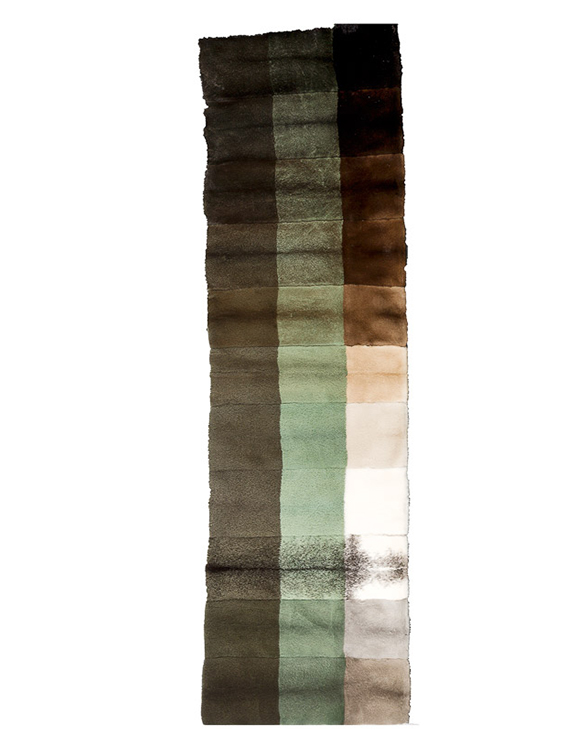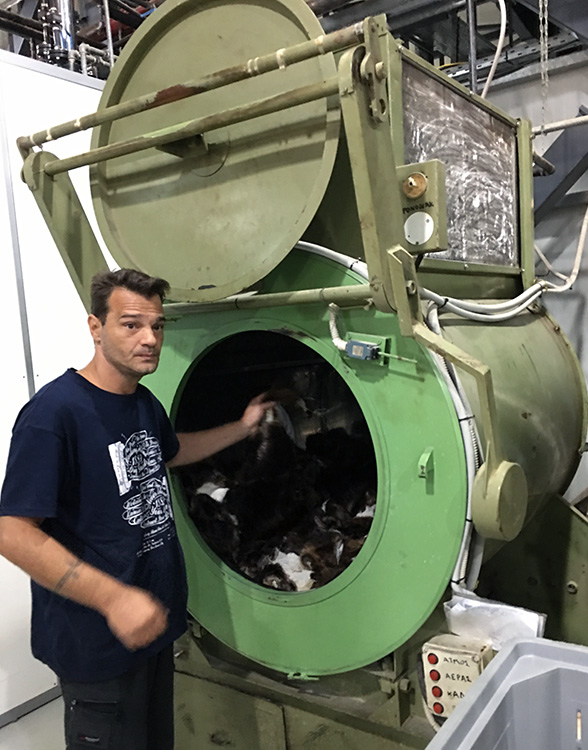Environment

Transparency towards zero carbon
The European Commission's Product Environmental Footprint (PEF) programme is the basis of the European fur community's work towards society's sustainability goals.
Why?
There are a lot of claims about environmental footprint of products based on various methods, rules and data. All this information leads to confusion for both end-consumers and businesses.
What?
EU wants to ‘clean’ this area by developing and implementing one harmonised, transparent method to assess and communicate the environmental footprint of consumer products.
How?
EU already developed the method. Now we are in the phase where industries on a voluntary basis and under a strict scrutiny of the European Commission and other stakeholders develop rules (so-called PEFCRs) on how to apply this method to different categories of products.
When the current phase is over after 2021, the EC wants to come up with a legislation build on this initiative.
Next
Fur Europe is now a part of the Technical Secretariat for the development of the Apparel & Footwear PEFCR. Our aim is to have a solid set of rules on how our environmental footprint is calculated so we can (1) communicate this to the consumers, and (2) develop a strong evidence-based system for further improvement of environmental credentials of the fur sector.
Feeding mink on household waste

In five years farmed mink will be fed with protein derived from household waste. This will advance the sustainability of the European fur sector tremendously.
A Danish research project converting household waste into larvae has shown very promising results as an alternative protein source for mink feed.
A team of scientists from the Danish Technological Institute has examined the economic and technological potential of converting organic household waste into Black Soldier Fly Larvae. It turns out that 10 kilo of household waste can be converted into 3 kilo of larvae in 10-12 days, and importantly the mink have received the new feed well.
Currently, farmed mink in Europe typically obtain protein from fish, chicken and fish offal, soybeans and blood.
The larvae-based feed is similarly rich in protein and fat but unlike the current feed it holds environmental advantages. It requires less transportation whilst also up-cycling household waste.
Research is on going, but the ground-breaking sustainability project remains very promising indeed. A large scale roll-out is planned for 2023, when an expected world record of 20.000 tons of larvae can be produced per year.
The dressing and dyeing of fur
Dressing and dyeing (or tanning and colouring) is the process in which pelts are made soft, subtle and easy to work with.
The dressing of fur pelts preserves the leather, hair and follicles which provides fur garments with their long-lasting qualities. As the intention is to preserve the fur hair and follicles this process is relatively benign. In contrast to leather tanning for example, in which the hair is intentionally removed from the hide.
Table salt, water, alum salts, soda ash, sawdust, cornstarch, lanolin and other natural ingredients are the main chemicals used to 'dress' fur pelts.
The process starts by softening the pelts in salt water, after which any remaining fat on the underside of the pelt is removed. Pelts are then soaked in solutions of enzymes and acetic acid which can be found in vinegar water.
The next step involves mechanically stretching the pelts, after which they rest in a tanning bath of water, baking soda, salt and potassium alum (which is also used in cosmetics). The fur pelts are then dried, stretched and treated with natural oils such as lanolin (also known as wool grease) to soften them again.
Finally, the fur pelts are cleaned by rotating them in large drums filled with sawdust.
Some, but not all, pelts are also dyed. The dyeing process follows the same principles as dressing. Pelts are soaked in solutions which make the hairs receptive to the dyes. These are the same solutions used for other textiles like denim and cotton.
Europe has incredibly strict regulations for the use chemicals in consumer goods. The regulation called REACH works for both imported goods and products manufactured in Europe.


